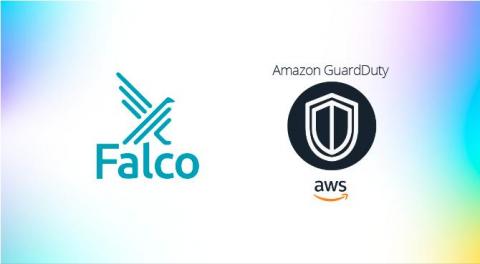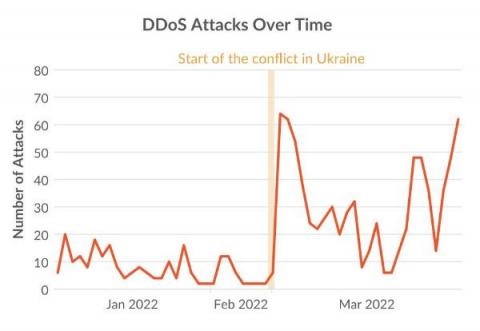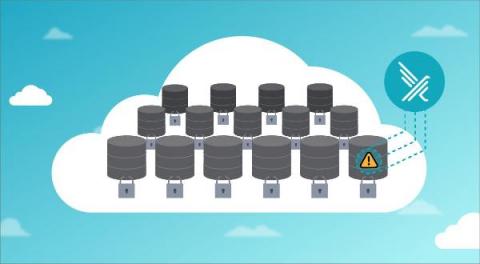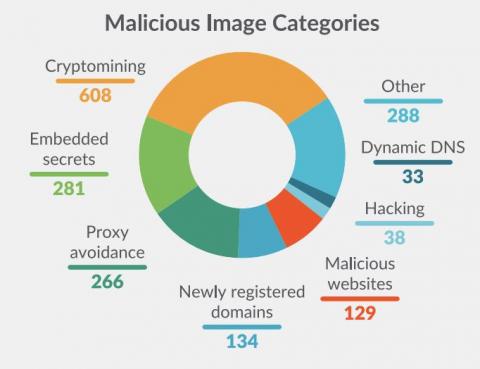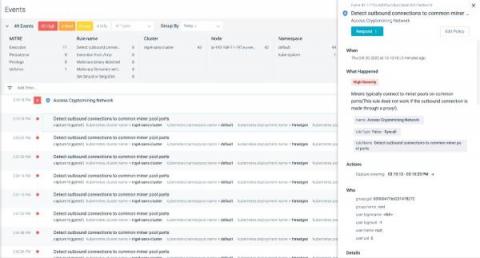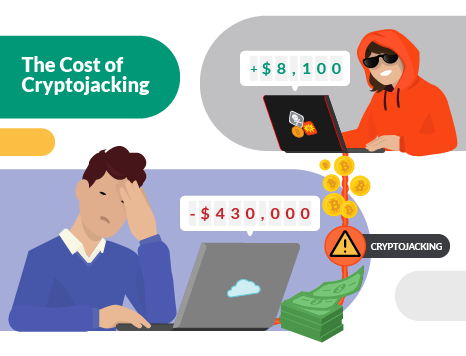Sysdig Secure-Google Chronicle Integration - Why, What and How
Cloud adoption and digital transformation have enlarged attack surfaces that can be exploited by malicious actors to harm your organization. Traditional SIEMs and EDRs fall short as they are not cloud-native and also difficult to scale. Further, there are inherent fixed costs that need to be considered when adopting any modern threat detection apparatus.



